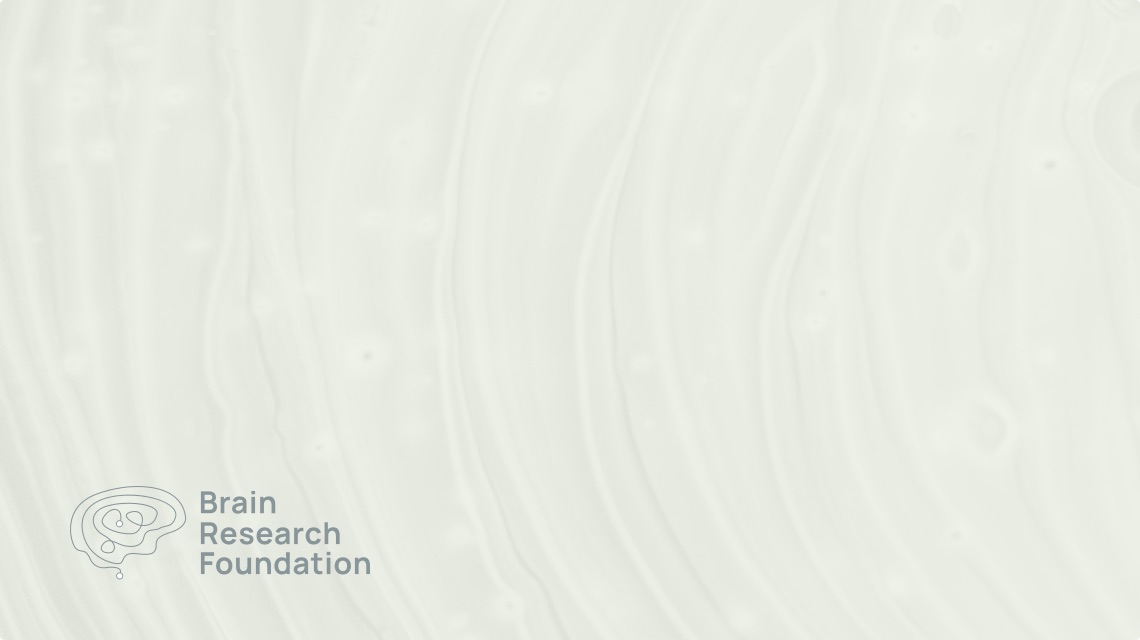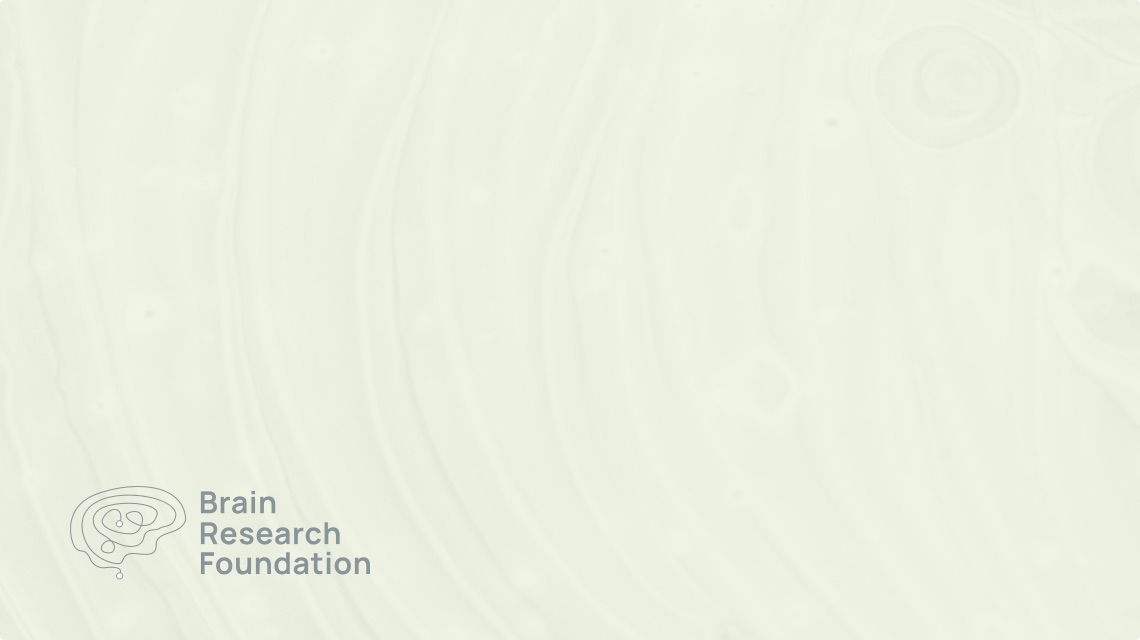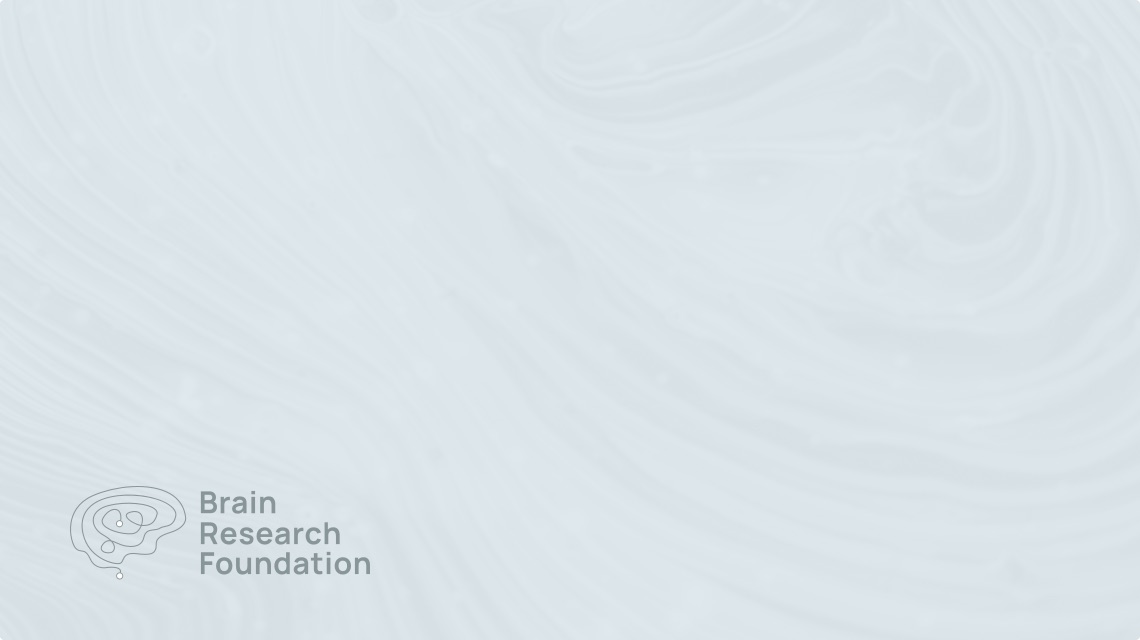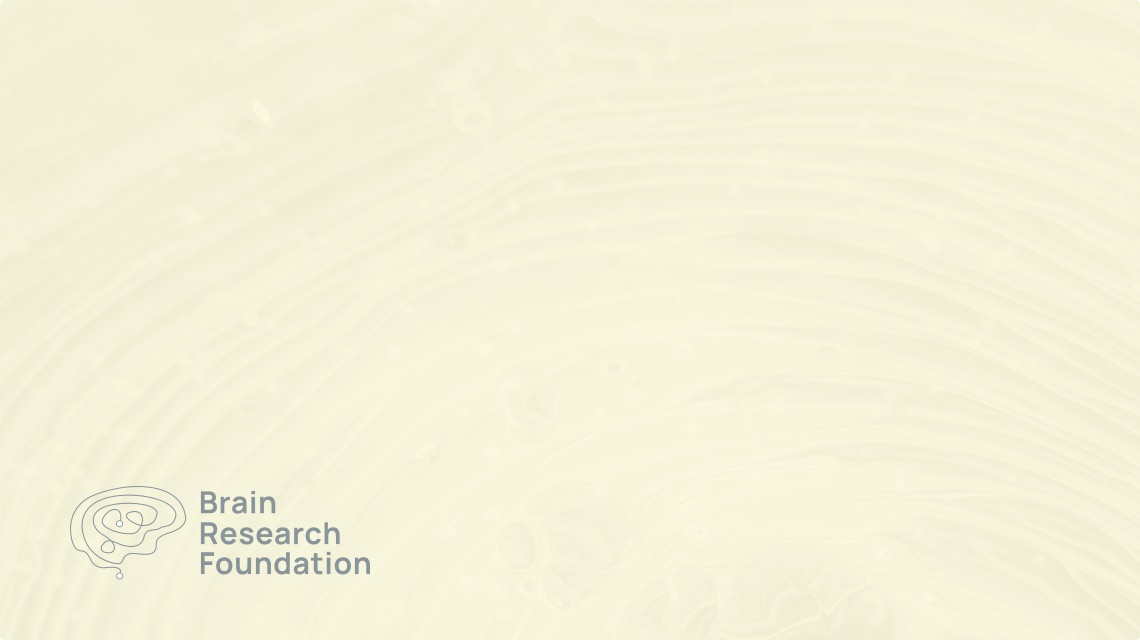Neuronal Circuit Mechanisms of Visual Feature Integration
2010 Seed Grant
David Freedman, Ph.D.
Department of Neurobiology
The University of Chicago
Humans and other advanced animals have an impressive capacity to recognize the behavioral significance, or category membership, of a wide range of sensory stimuli. This ability, which is disrupted by a number of brain diseases and conditions such as Alzheimer’s disease, autism, schizophrenia, stroke, and attention deficit disorder, is critical because it allows us to respond appropriately to the continuous stream of stimuli and events that we encounter in our daily lives. Recently, we found evidence that the activity of neurons in the parietal cortex play a role in encoding the learned significance, or category membership, of both spatial stimuli (such as motion patterns and spatial locations) and non-spatial visual stimuli (such as visual shapes). The goal of the proposed project is to build on the foundation of our recent work to develop a more detailed and mechanistic understanding of the neuronal mechanisms underlying our ability to interpret the behavioral significance, or meaning, of visual stimuli.
While much is known about how the brain processes simple sensory features (such as color, orientation, and direction of motion), much less is known about how the brain learns and represents the meaning, or category, of real-world stimuli which are often composed of multiple and distinct visual features. A greater understanding of this process is critical for addressing a number of brain diseases and conditions (e.g. stroke, Alzheimer’s disease, attention deficit disorder, and schizophrenia) that leave patients impaired in everyday tasks that require visual learning, recognition and/or evaluating and responding appropriately to incoming sensory information. The long term goal of Dr. Freedman’s research is to help guide the next generation of treatments for these brain-based diseases and disorders by developing a detailed understanding of the brain mechanisms that underlie learning, memory and recognition.



